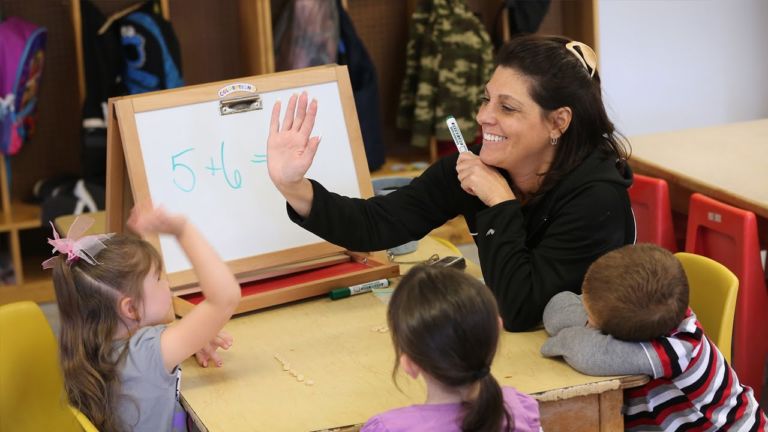Earlier this week, the Organization for Economic Cooperation and Development (OECD) released results from the 2015 Program for International Student Assessment (PISA). PISA assesses math, reading, and science proficiency among 15-year-old public school students who live in developed nations throughout the world. Approximately 540,000 pupils in 72 countries and jurisdictions participated.
What made last year’s testing cycle notable is that 2015 was the first time a sample of North Carolina 15-year-olds was included. PISA administered tests to students from North Carolina, Massachusetts, and four Chinese provinces, among others.
North Carolina’s reading and science performance was average. Our state’s average scores were not significantly different than the U.S. or international averages. Even so, the “usual suspects” – Singapore, China, Japan, and South Korea – outperformed North Carolina and the United States in both subjects. In addition, Finland, Canada, and Slovenia exceeded national and statewide averages in reading and science. In sum, ten countries and jurisdictions had higher average reading scores and 14 had higher average science scores than North Carolina.
North Carolina’s math performance was dismal. While the state’s average score was not significantly different than the equally dismal U.S. average, North Carolina fell well short of the international average and the average scores of 35 countries and jurisdictions. While many of the top scoring students live in Pacific Rim nations, Europe is well represented in this group.
There is no shortage of folks who offer simplistic explanations for the differences in performance. Predictably, Randi Weingarten, president of the American Federation of Teachers, blamed “the last 15 years of U.S. education policies combined with continuing state disinvestment following the 2008 recession.” Not to be outdone, Weingarten’s counterpart, NEA President Lily Eskelsen García, claimed that high-performing nations “fully fund” their schools.
Are they right about funding? In a 2015 Comparative Education Review article, Emiliana Vegas and Chelsea Coffin found, “when education systems spend above $8,000, the association between student learning and per student spending is no longer statistically significant.” In a subsequent op-ed published by the Brookings Institution, Vegas concludes that how the money is spent is more important than how much is spent, assuming the $8,000 spending threshold has been met.
North Carolina’s public schools spend an average well above that line – around $8,800 per student for operating expenditures and another $450 per student for capital expenditures. The United States average is higher than all but a handful of nations. In other words, post-recessionary spending decreases did not drop per student expenditures enough to cross the threshold.
There are plenty of critics of PISA, the Trends in International Mathematics and Science Study (TIMSS), and other international assessments who discount any comparisons among nations. They argue that lower test scores are an inevitability because the United States does not have the kind of racially and socioeconomically homogeneous population that its peers enjoy. Specifically, they contend that international comparisons are not valid because childhood poverty, immigration, and other demographic factors in the United States hinder academic achievement and stifle progress.
Improvements in the performance of low-income students suggests that lagging performance in the national average is not as closely tied to socioeconomic status as some might believe. Amanda Ripley explains in a New York Times piece that “places like Estonia, with significant child poverty, and Canada, with more immigrant students than the United States, now top the charts.” In fact, the performance of low-income students in the U.S. has improved since 2006. Rather, there was a significant drop in performance among affluent 15-year-old Americans. Ripley points out that “America’s most advantaged teenagers scored below their well-off peers in science in 20 other countries, including Canada and Britain.”
Should we look to high-performing nations for answers? Encouraging schools to adopt proven models of classroom teaching, particularly direct or teacher-directed instruction, seems to be a good place to start. In PISA 2015 Results: Policies and Practices for Successful Schools, OECD researchers point out, “PISA results show that when teachers frequently explain and demonstrate scientific ideas, and discuss students’ questions (known, collectively, as teacher-directed instruction), students score higher in science…” While I am sure that there are other lessons to be learned, education governance is too fragmented to make immediate, simultaneous, and systematic changes to America’s, or even North Carolina’s, public schools.

